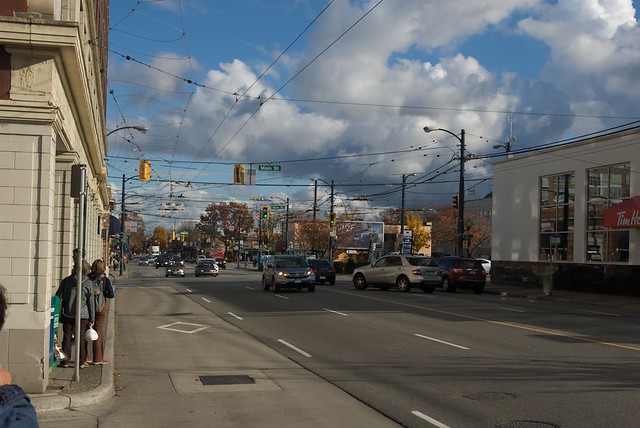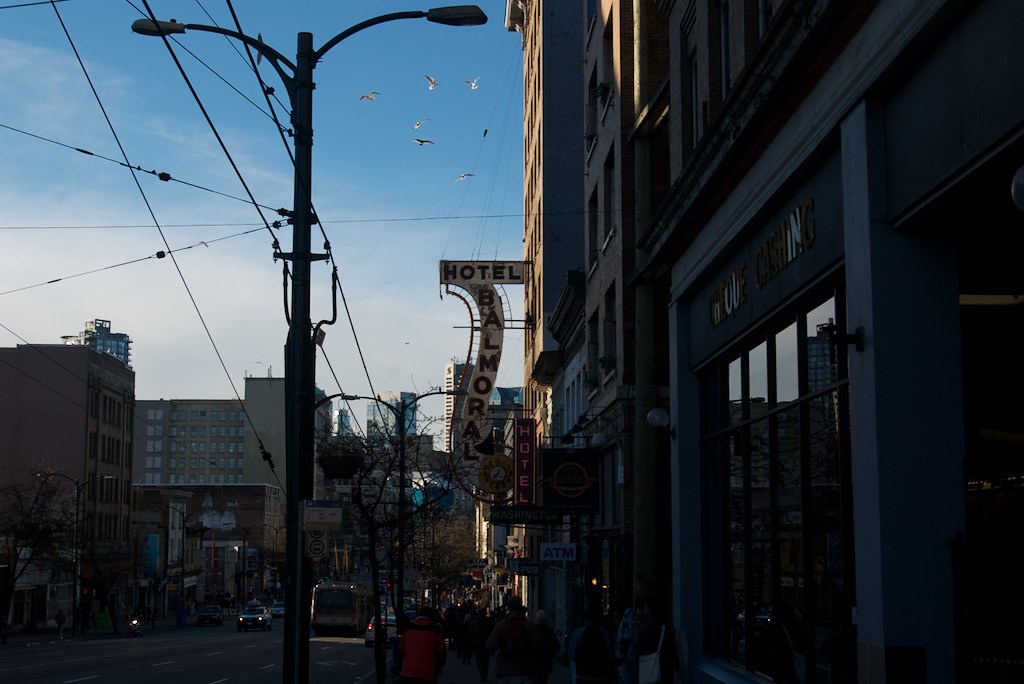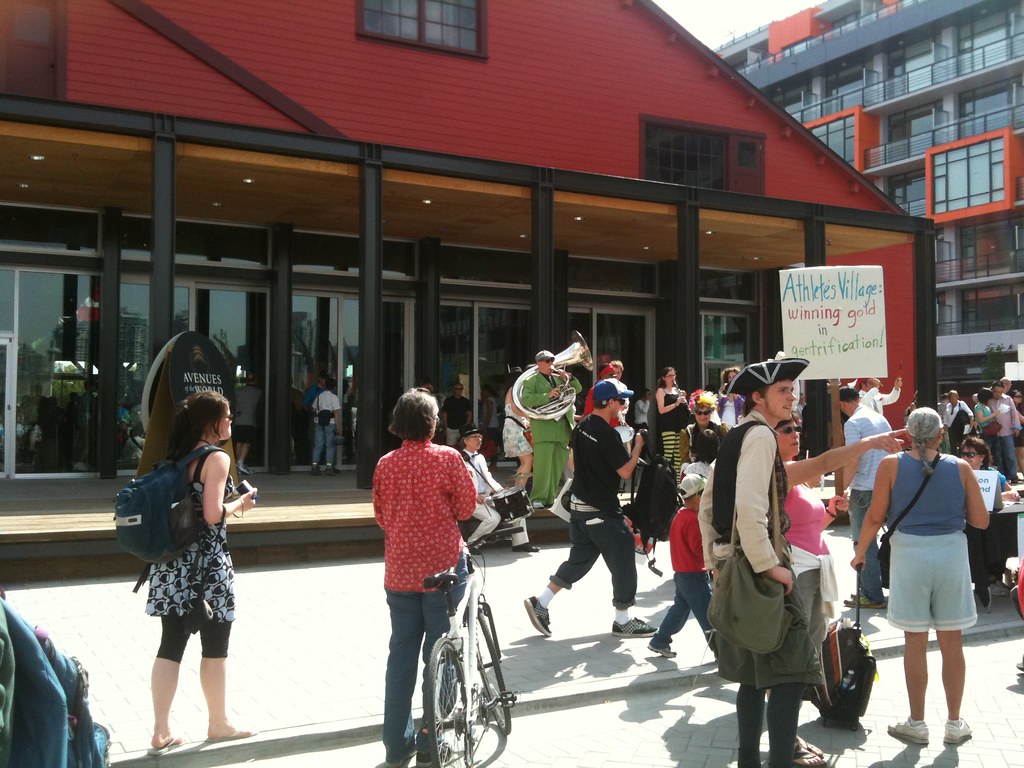Last month City Council adopted the Mount Pleasant Community Plan (MPCP). The MPCP, the culmination of three years of community feedback and consultations, is the first city-sponsored community plan for the area since 1989.
Many residents of Mount Pleasant are concerned about what is happening to their neighbourhood – and with good reason. There have been significant demographic shifts since the last census was performed in 2006. Condos have been popping up along Kingsway, Broadway and Main. Mount Pleasant is a traditionally working-class neighbourhood, the average income in Mount Pleasant being thousand dollars below the citywide average. 23% of people living in the neighborhood are low-income and 67% in the neighborhood are renters.
Mount Pleasant residents have been becoming more active in recent months – many concerned about gentrification and affordability, others concerned about height of new buildings in the abstract.
This summer, these issues came to the surface in a debate about a development at one of the area’s hubs – a social housing and rental development project at Broadway and Fraser. The City Council meeting dealing with the rezoning had to be extended to three days to accommodate the more than 70 speakers. Some members of the community argued that the proposed 11 story development was too tall, where others argued that the neighbourhood is in dire need of more rental and social housing units. In the end, the project was approved with minor adjustments.
The MPCP passes over many of these issues, and attempts to reconcile the wishes of existing residents with developers’ desire for increased density.



